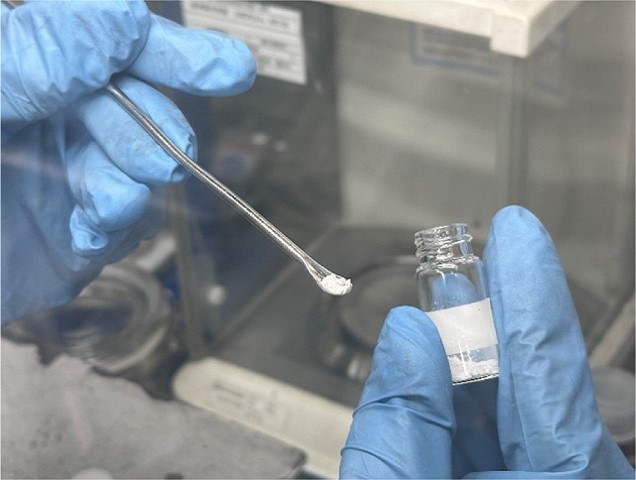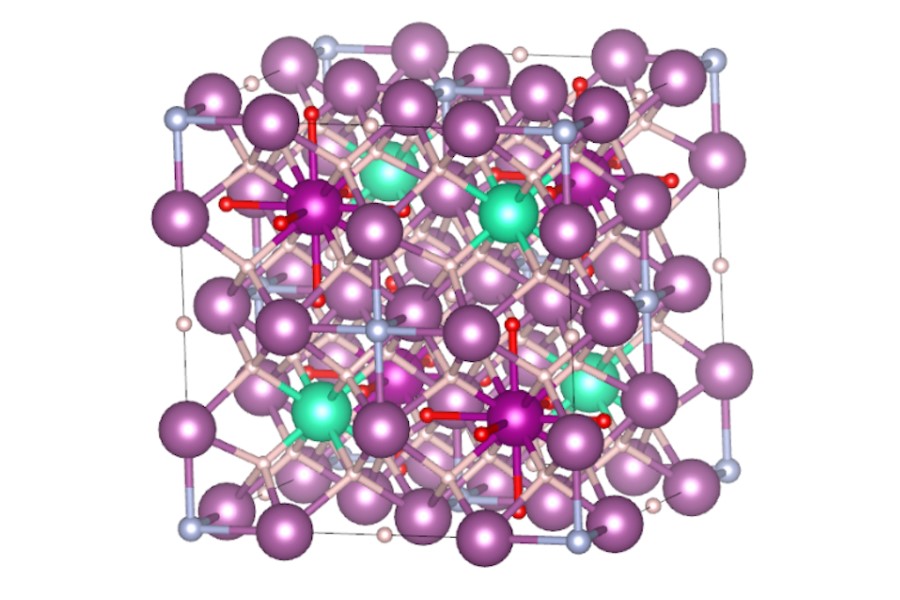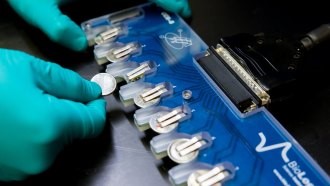Quantum Simulator May Reveal Materials for High-Performance Electronics
By simulating a magnetic field on a superconducting quantum computer, researchers can explore the complex properties of materials. Quantum computers offer the potential to model intricate materials, allowing scientists to gain a deeper understanding of the physical properties that emerge from atomic and electron interactions. This could eventually lead to the discovery or design of improved semiconductors, insulators, or superconductors, paving the way for faster, more powerful, and energy-efficient electronics.
Some material phenomena are difficult to replicate using quantum computers, leaving gaps in the problems scientists can explore with quantum hardware.

Figure 1. Quantum Simulator to Uncover Materials for Advanced Electronics
To address this, MIT researchers developed a technique to create synthetic electromagnetic fields on superconducting quantum processors. The team successfully demonstrated the method on a 16-qubit processor. Figure 1 shows Quantum Simulator to Uncover Materials for Advanced Electronics.
By dynamically controlling the coupling between the 16 qubits, the researchers emulated electron movement between atoms in the presence of an electromagnetic field. Additionally, the synthetic electromagnetic field is highly adjustable, allowing scientists to explore a wide range of material properties.
Emulating electromagnetic fields is essential for fully understanding material properties. This technique could help uncover key characteristics of electronic systems, such as conductivity, polarization, and magnetization.
"Quantum computers are powerful tools for studying the physics of materials and other quantum systems. Our work allows us to simulate much more of the rich physics that materials scientists find fascinating," says Ilan Rosen, an MIT postdoc and lead author of the paper on the quantum simulator.
The senior author is William D. Oliver, the Henry Ellis Warren Professor of Electrical Engineering and Computer Science and of Physics, director of the Center for Quantum Engineering, leader of the Engineering Quantum Systems group, and associate director of the Research Laboratory of Electronics. Oliver and Rosen are joined by colleagues from MIT's Departments of Electrical Engineering and Computer Science, Physics, and MIT Lincoln Laboratory.
A Quantum Simulator
Companies like IBM and Google aim to build large-scale quantum computers that can outperform classical ones, but quantum computers can also emulate material behavior. Researchers use smaller quantum computers to replicate electron behavior in solids, with the qubits acting as analog devices.
While digital quantum simulators hold great potential, analog emulation offers a practical near-term approach for studying materials. However, mimicking a magnetic field—a key ingredient in material behavior—presents challenges. The MIT team overcame this by synthesizing the effects of a magnetic field on their quantum simulator using a unique approach.
Fine-Tuning The Processor
Researchers adjusted the coupling between adjacent qubits on a quantum processor to mimic the behavior of electrons in a magnetic field. By dynamically changing the energy of each qubit using microwave signals, they enabled photons to hop between qubits in a manner similar to electrons hopping between atoms. This approach allowed them to emulate a range of electromagnetic fields. The team successfully demonstrated key electromagnetic phenomena, including the Hall effect, and showed that their synthetic electromagnetic field mirrors real-world behavior. This breakthrough opens the door to studying complex materials and phenomena in condensed matter physics.
Source:MIT News
Cite this article:
Janani R (2024), Quantum Simulator May Reveal Materials for High-Performance Electronics, AnaTechMaz, pp. 73















